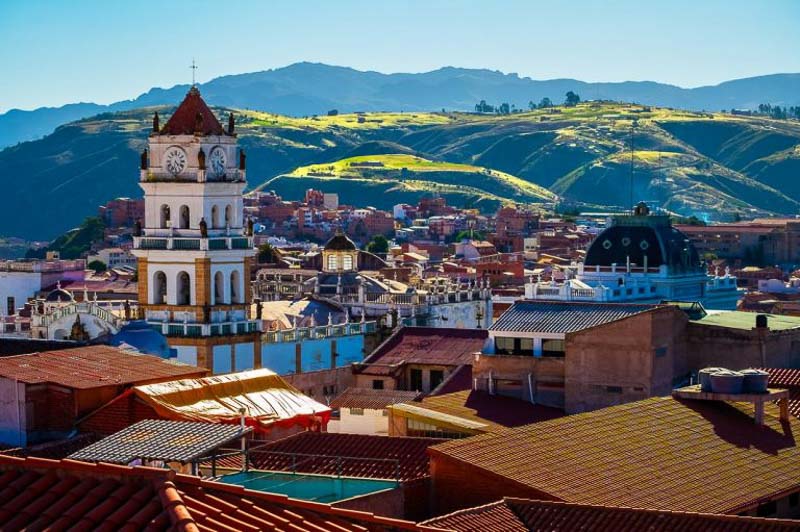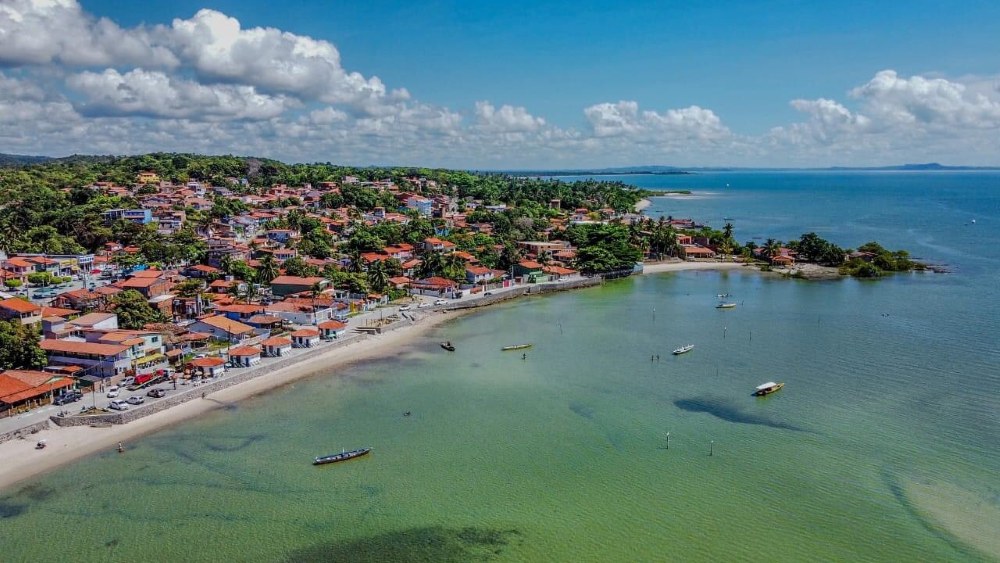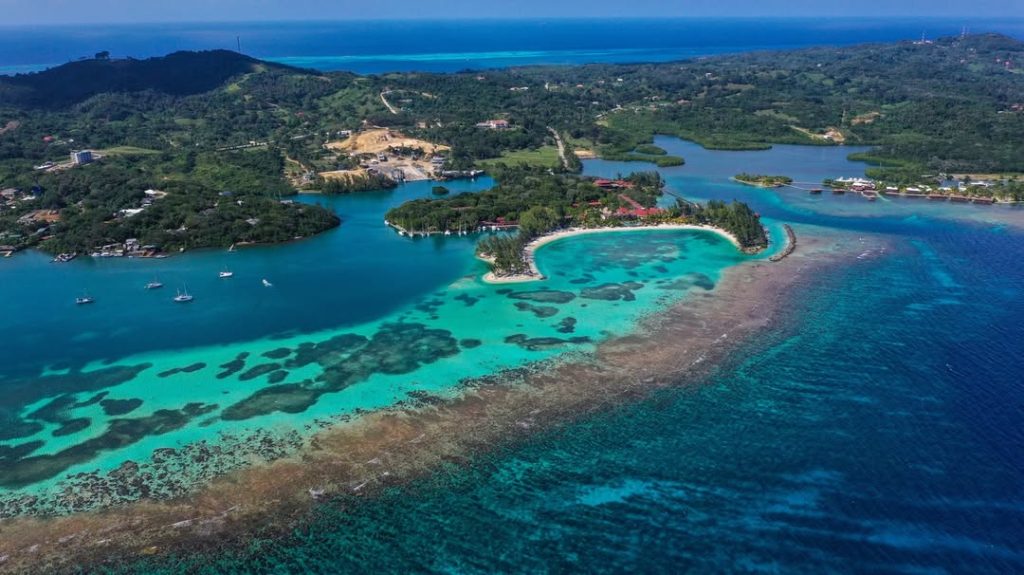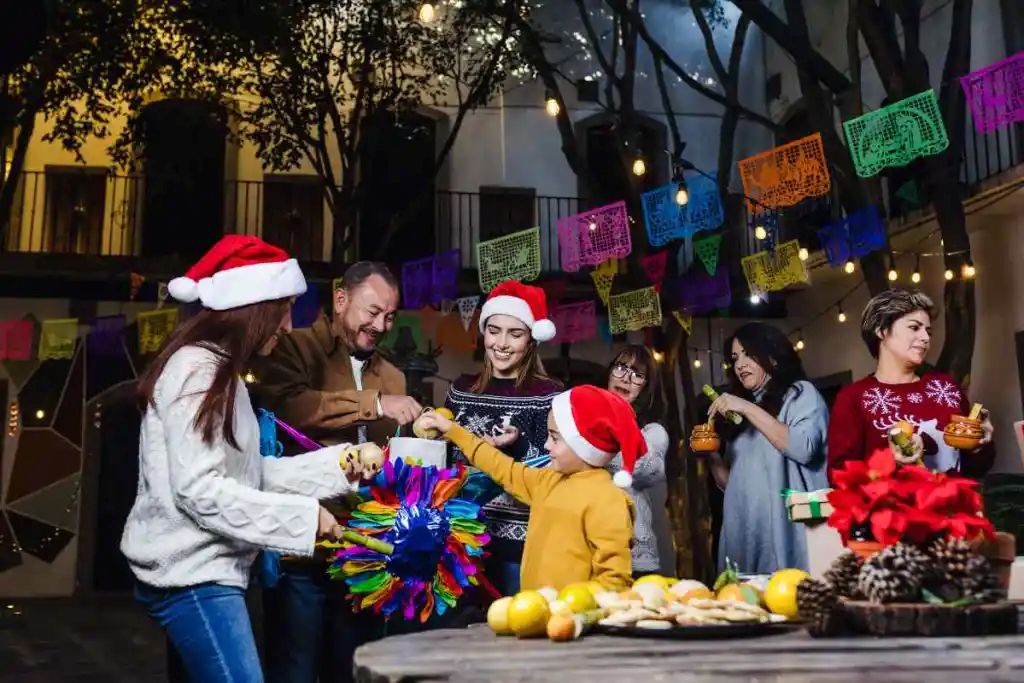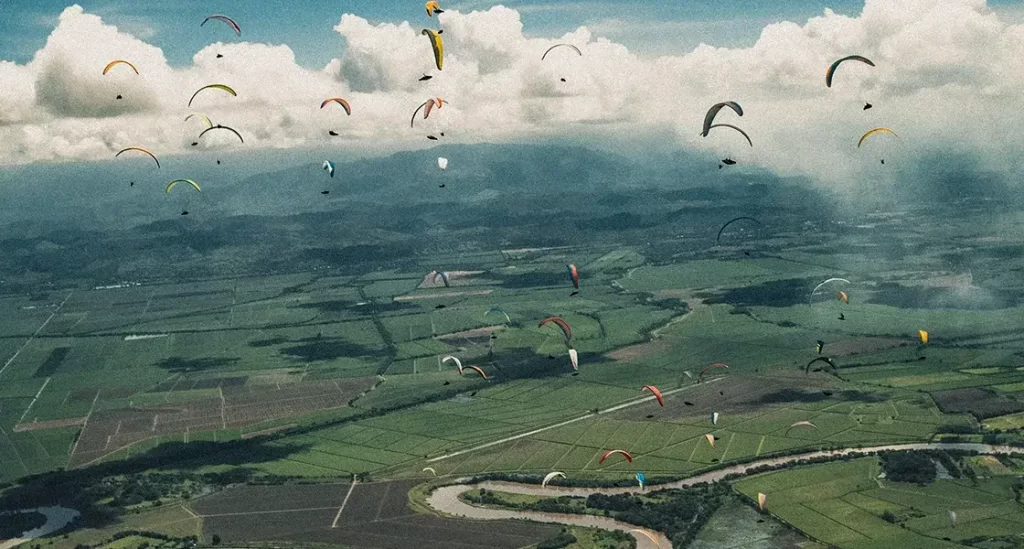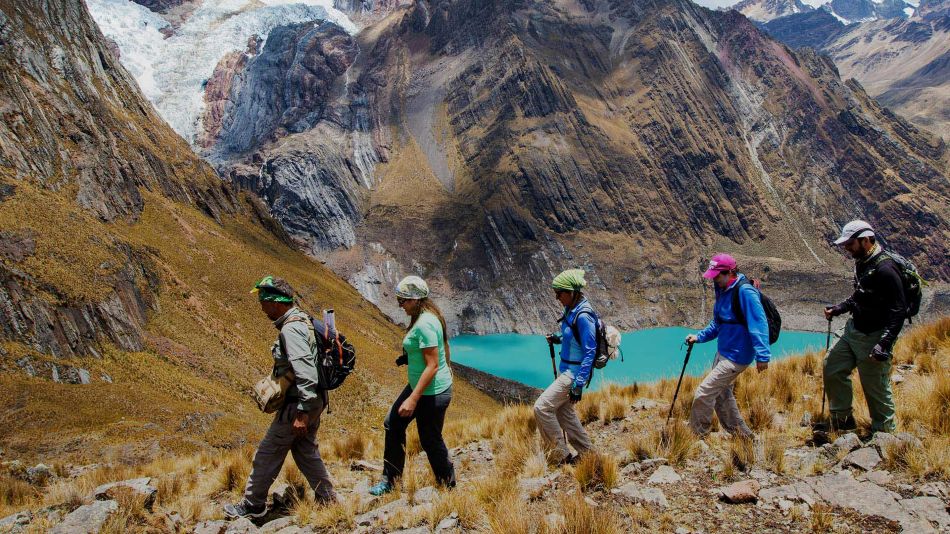Known by its former names—Chuquisaca, La Plata, and the White City—Sucre is far more than a capital city: it is a living testimony to Bolivian history and culture. Listed as a UNESCO World Heritage Site since 1991, Sucre draws visitors from around the globe with its colonial charm and exceptional heritage.
Sucre’s roots go back more than 10,000 years, shaped by pre-Columbian civilizations, the Inca Empire, Spanish colonization, and the long struggle for independence. It was here, at the Casa de la Libertad, that Bolivia’s declaration of independence was signed on August 6, 1825. Now a museum, this historic building symbolizes the nation’s birth and is a must-see for anyone seeking to understand the Bolivian soul.
Strolling through Sucre’s historic center is like stepping back in time. Cobbled streets, blooming courtyards, and immaculate façades reveal a succession of churches, monasteries, and colonial-era landmarks. Highlights include the San Felipe de Neri convent, the Santa Ana monastery, and La Recoleta, perched on the slopes of the Sica Sica and Churuquela hills, offering one of the most stunning views of the city.
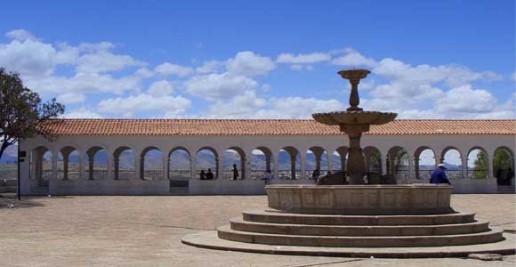
Just outside the city, the Cretaceous Park fascinates visitors of all ages with the world’s largest concentration of dinosaur footprints, fossilized in rock. Combining paleontology with life-size reconstructions, the park is one of the region’s top attractions.
About 65 km from Sucre, the Tarabuco market immerses visitors in Andean traditions. This village, home to the Yampara people, preserves a textile craftsmanship renowned for its refined weaving techniques. Locals, dressed in vibrant traditional clothing, still practice bartering at one of the most authentic markets in South America.
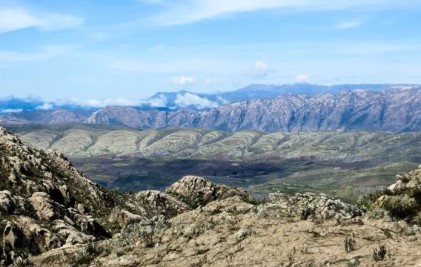
The surroundings of Sucre are rich in natural treasures: the Maragua crater, with its dramatic rock formations and trekking trails, and the hot springs of Los Álamos, Huata, or Talula, perfect for relaxing after a day of exploration.
Finally, Sucre also delights food lovers with its mix of sweet and savory flavors. Don’t miss the papa rellena, dulce de leche with coconut, and above all, the creations of the renowned chocolatier Para Ti, whose bold combinations—like chili or sea salt chocolate—have gained international fame.
Sucre is more than a city—it’s a gateway into Bolivia’s history, culture, and landscapes. Whether you’re passionate about heritage, curious about traditions, drawn to nature, or simply a lover of good food, the White City is sure to captivate and inspire.

